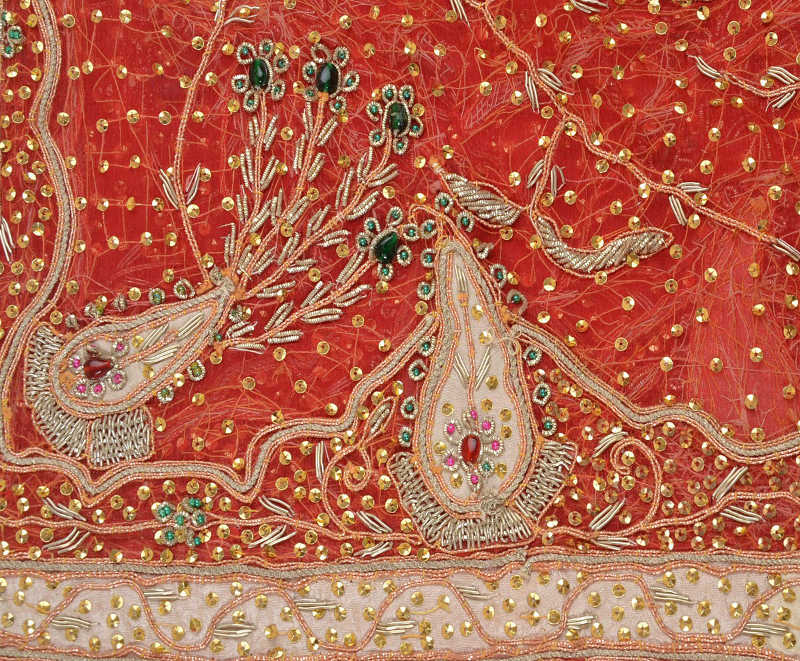===
1853x,
2
===

=== |
 |
dare;G honaa : 'To have a disinclination or objection'. (Platts p.515)
laa;Gar : 'Lean, thin, gaunt, meagre'. (Platts p.945)
FWP:
SETS
MOTIFS == SWORD
NAMES
TERMS == IHAM; THEMEOn the source of these verses see {1853x,1}.
The beginning of the verse, with the clunky but rhythmically swingy rhyme of te;G dare;G , is also a treat.
SRF points out the 'misdirection' in the second line, when we are phonetically invited to hear par aa))e as paraa))e . This may not constitute a formal iham, but it's worth considering along those lines. For more on this question, see {178,1}.